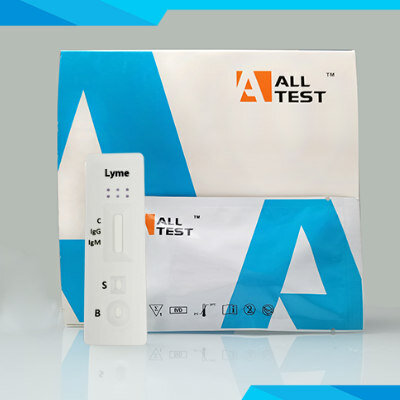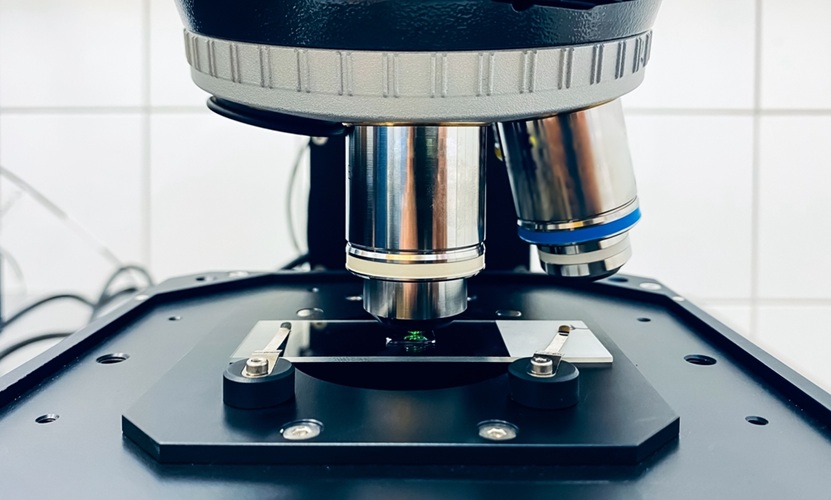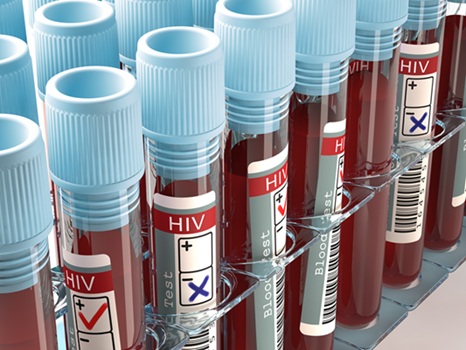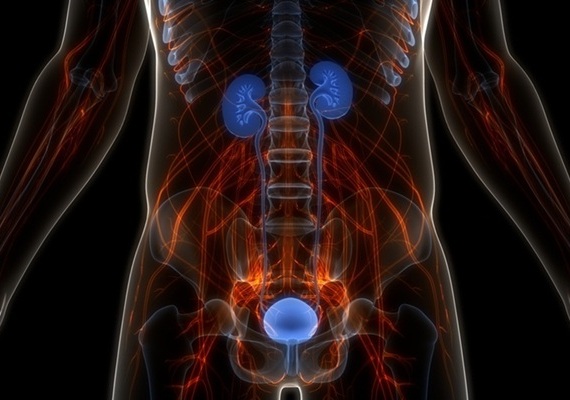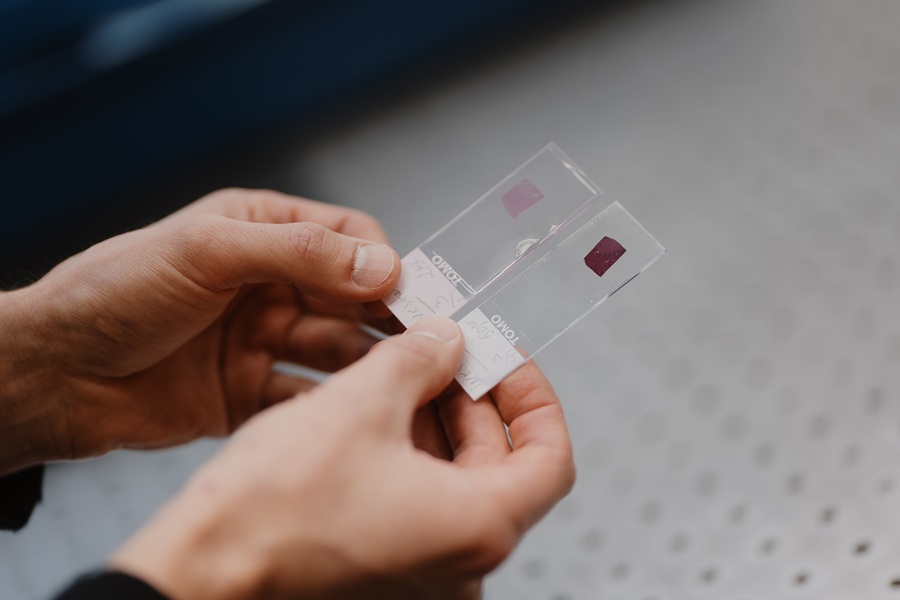Acute Lymphoblastic Leukemia Risk Linked to Genetically Mediated Increase in Lymphocytes
|
By LabMedica International staff writers Posted on 15 Sep 2021 |
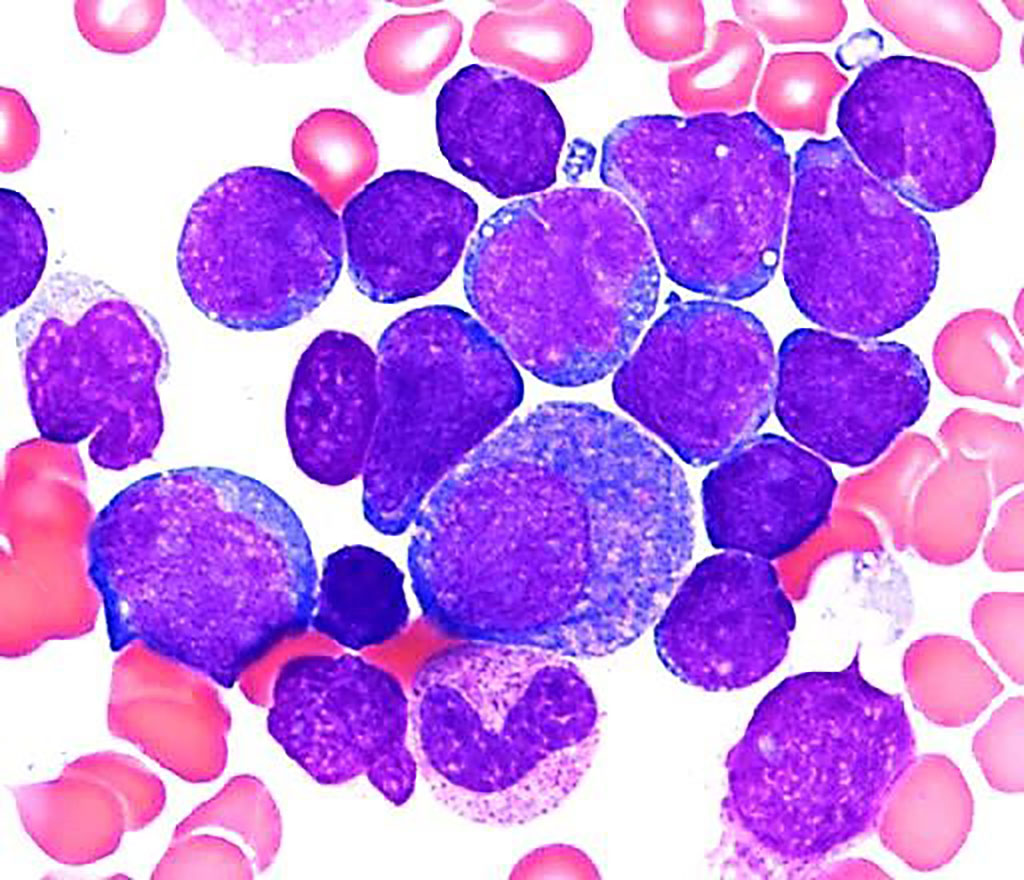
Image: Acute lymphoblastic leukemia: bone marrow aspirate smear reveals increased blasts which are small to medium in size with high nuclear-to-cytoplasmic ratios, round to irregular nuclei, smooth chromatin, and scant basophilic agranular cytoplasm. Some background maturing myeloid cells are also present in this case (Photo courtesy of Karen M. Chisholm, MD, PhD)
Acute lymphoblastic leukemia (ALL) is a cancer of the lymphoid line of blood cells characterized by the development of large numbers of immature lymphocytes. As an acute leukemia, ALL progresses rapidly and is typically fatal within weeks or months if left untreated.
ALL is the most common cancer among children under 15 years old and is thought to develop under a two-hit model, under which a preleukemic clone develops in utero and a second somatic mutation then spurs the development of leukemia. While some genetic risk loci linked to ALL include variants in genes that have also been associated with hematopoiesis, lymphoid development, and blood-cell traits.
Genetic Epidemiologists at the University of Southern California (Los Angeles, CA, USA) and their colleagues investigated the etiological relevance of dysregulated blood-cell homeostasis in a genome-wide association study (GWAS) of childhood ALL (2,666 affected individuals, 60,272 control individuals) and a multi-trait GWAS of nine blood-cell indices in the UK Biobank. They examined blood cell traits such as lymphocyte, platelet, and neutrophil counts, as well as neutrophil-to-lymphocyte ratios and platelet-to-lymphocyte ratios.
The investigators reported that about 3,000 genetic variants were associated with one or more of these hematological traits and explained between 4% and nearly 24% of the variation in those traits. Additionally, 115 loci were linked to blood-cell ratios. They uncovered positive correlations between increased lymphocyte counts, lymphocyte-to-monocyte ratio, and neutrophil levels with ALL risk, and an inverse correlation between a higher platelet-to-lymphocyte ratio and ALL risk.
A clustering analysis identified two putative novel ALL risk variants from among those associated with blood cell traits, one on chromosome 2q22.1 and one within the FLT3 gene on 13q12.2. The scientists noted that variants within FLT3 have recently been linked to an increased risk of autoimmune thyroid disease and acute myeloid leukemia (AML). The allele linked to both ALL and AML risk lead to a truncated FLT3 protein, but an increase in FLT3 ligand levels. While this variant has a greater effect on the development of myeloid cells, they said it could also affect ALL risk through its activation of the RAS/MAPK pathway.
The authors concluded that their study showed that a genetically induced shift toward higher lymphocyte counts, overall and in relation to monocytes, neutrophils, and platelets, confers an increased susceptibility to childhood ALL. The study was published on August 31, 2021 in the American Journal of Human Genetics.
Related Links:
University of Southern California
ALL is the most common cancer among children under 15 years old and is thought to develop under a two-hit model, under which a preleukemic clone develops in utero and a second somatic mutation then spurs the development of leukemia. While some genetic risk loci linked to ALL include variants in genes that have also been associated with hematopoiesis, lymphoid development, and blood-cell traits.
Genetic Epidemiologists at the University of Southern California (Los Angeles, CA, USA) and their colleagues investigated the etiological relevance of dysregulated blood-cell homeostasis in a genome-wide association study (GWAS) of childhood ALL (2,666 affected individuals, 60,272 control individuals) and a multi-trait GWAS of nine blood-cell indices in the UK Biobank. They examined blood cell traits such as lymphocyte, platelet, and neutrophil counts, as well as neutrophil-to-lymphocyte ratios and platelet-to-lymphocyte ratios.
The investigators reported that about 3,000 genetic variants were associated with one or more of these hematological traits and explained between 4% and nearly 24% of the variation in those traits. Additionally, 115 loci were linked to blood-cell ratios. They uncovered positive correlations between increased lymphocyte counts, lymphocyte-to-monocyte ratio, and neutrophil levels with ALL risk, and an inverse correlation between a higher platelet-to-lymphocyte ratio and ALL risk.
A clustering analysis identified two putative novel ALL risk variants from among those associated with blood cell traits, one on chromosome 2q22.1 and one within the FLT3 gene on 13q12.2. The scientists noted that variants within FLT3 have recently been linked to an increased risk of autoimmune thyroid disease and acute myeloid leukemia (AML). The allele linked to both ALL and AML risk lead to a truncated FLT3 protein, but an increase in FLT3 ligand levels. While this variant has a greater effect on the development of myeloid cells, they said it could also affect ALL risk through its activation of the RAS/MAPK pathway.
The authors concluded that their study showed that a genetically induced shift toward higher lymphocyte counts, overall and in relation to monocytes, neutrophils, and platelets, confers an increased susceptibility to childhood ALL. The study was published on August 31, 2021 in the American Journal of Human Genetics.
Related Links:
University of Southern California
Latest Hematology News
- New Scoring System Predicts Risk of Developing Cancer from Common Blood Disorder
- Non-Invasive Prenatal Test for Fetal RhD Status Demonstrates 100% Accuracy
- WBC Count Could Predict Severity of COVID-19 Symptoms
- New Platelet Counting Technology to Help Labs Prevent Diagnosis Errors
- Streamlined Approach to Testing for Heparin-Induced Thrombocytopenia Improves Diagnostic Accuracy
- POC Hemostasis System Could Help Prevent Maternal Deaths
- New Test Assesses Oxygen Delivering Ability of Red Blood Cells by Measuring Their Shape
- Personalized CBC Testing Could Help Diagnose Early-Stage Diseases in Healthy Individuals
- Non-Invasive Test Solution Determines Fetal RhD Status from Maternal Plasma
- First-Of-Its-Kind Smartphone Technology Noninvasively Measures Blood Hemoglobin Levels at POC

- Next Gen CBC and Sepsis Diagnostic System Targets Faster, Earlier, Easier Results
- Newly Discovered Blood Group System to Help Identify and Treat Rare Patients
- Blood Platelet Score Detects Previously Unmeasured Risk of Heart Attack and Stroke
- Automated Benchtop System to Bring Blood Testing To Anyone, Anywhere
- New Hematology Analyzers Deliver Combined ESR and CBC/DIFF Results in 60 Seconds
- Next Generation Instrument Screens for Hemoglobin Disorders in Newborns
Channels
Clinical Chemistry
view channel
Carbon Nanotubes Help Build Highly Accurate Sensors for Continuous Health Monitoring
Current sensors can measure various health indicators, such as blood glucose levels, in the body. However, there is a need to develop more accurate and sensitive sensor materials that can detect lower... Read more
Paper-Based Device Boosts HIV Test Accuracy from Dried Blood Samples
In regions where access to clinics for routine blood tests presents financial and logistical obstacles, HIV patients are increasingly able to collect and send a drop of blood using paper-based devices... Read moreMolecular Diagnostics
view channel
RNA-Based Blood Test Detects Preeclampsia Risk Months Before Symptoms
Preeclampsia remains a major cause of maternal morbidity and mortality, as well as preterm births. Despite current guidelines that aim to identify pregnant women at increased risk of preeclampsia using... Read more
First Of Its Kind Test Uses microRNAs to Predict Toxicity from Cancer Therapy
Many men with early-stage prostate cancer receive stereotactic body radiotherapy (SBRT), a highly precise form of radiation treatment that is completed in just five sessions. Compared to traditional radiation,... Read moreNovel Cell-Based Assay Provides Sensitive and Specific Autoantibody Detection in Demyelination
Anti-myelin-associated glycoprotein (MAG) antibodies serve as markers for an autoimmune demyelinating disorder that affects the peripheral nervous system, leading to sensory impairment. Anti-MAG-IgM antibodies... Read moreImmunology
view channel
Stem Cell Test Predicts Treatment Outcome for Patients with Platinum-Resistant Ovarian Cancer
Epithelial ovarian cancer frequently responds to chemotherapy initially, but eventually, the tumor develops resistance to the therapy, leading to regrowth. This resistance is partially due to the activation... Read more
Machine Learning-Enabled Blood Test Predicts Immunotherapy Response in Lymphoma Patients
Chimeric antigen receptor (CAR) T-cell therapy has emerged as one of the most promising recent developments in the treatment of blood cancers. However, over half of non-Hodgkin lymphoma (NHL) patients... Read moreMicrobiology
view channel
Handheld Device Deliver Low-Cost TB Results in Less Than One Hour
Tuberculosis (TB) remains the deadliest infectious disease globally, affecting an estimated 10 million people annually. In 2021, about 4.2 million TB cases went undiagnosed or unreported, mainly due to... Read more
New AI-Based Method Improves Diagnosis of Drug-Resistant Infections
Drug-resistant infections, particularly those caused by deadly bacteria like tuberculosis and staphylococcus, are rapidly emerging as a global health emergency. These infections are more difficult to treat,... Read more
Breakthrough Diagnostic Technology Identifies Bacterial Infections with Almost 100% Accuracy within Three Hours
Rapid and precise identification of pathogenic microbes in patient samples is essential for the effective treatment of acute infectious diseases, such as sepsis. The fluorescence in situ hybridization... Read morePathology
view channel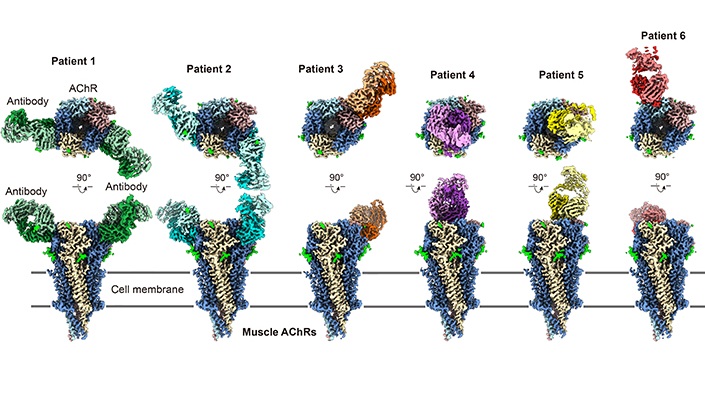
Advanced Imaging Reveals Mechanisms Causing Autoimmune Disease
Myasthenia gravis, an autoimmune disease, leads to muscle weakness that can affect a range of muscles, including those needed for basic actions like blinking, smiling, or moving. Researchers have long... Read more
AI Model Effectively Predicts Patient Outcomes in Common Lung Cancer Type
Lung adenocarcinoma, the most common form of non-small cell lung cancer (NSCLC), typically adopts one of six distinct growth patterns, often combining multiple patterns within a single tumor.... Read moreTechnology
view channel
Pain-On-A-Chip Microfluidic Device Determines Types of Chronic Pain from Blood Samples
Chronic pain is a widespread condition that remains difficult to manage, and existing clinical methods for its treatment rely largely on self-reporting, which can be subjective and especially problematic... Read more
Innovative, Label-Free Ratiometric Fluorosensor Enables More Sensitive Viral RNA Detection
Viruses present a major global health risk, as demonstrated by recent pandemics, making early detection and identification essential for preventing new outbreaks. While traditional detection methods are... Read moreIndustry
view channel
Cepheid and Oxford Nanopore Technologies Partner on Advancing Automated Sequencing-Based Solutions
Cepheid (Sunnyvale, CA, USA), a leading molecular diagnostics company, and Oxford Nanopore Technologies (Oxford, UK), the company behind a new generation of sequencing-based molecular analysis technologies,... Read more
Grifols and Tecan’s IBL Collaborate on Advanced Biomarker Panels
Grifols (Barcelona, Spain), one of the world’s leading producers of plasma-derived medicines and innovative diagnostic solutions, is expanding its offer in clinical diagnostics through a strategic partnership... Read more









